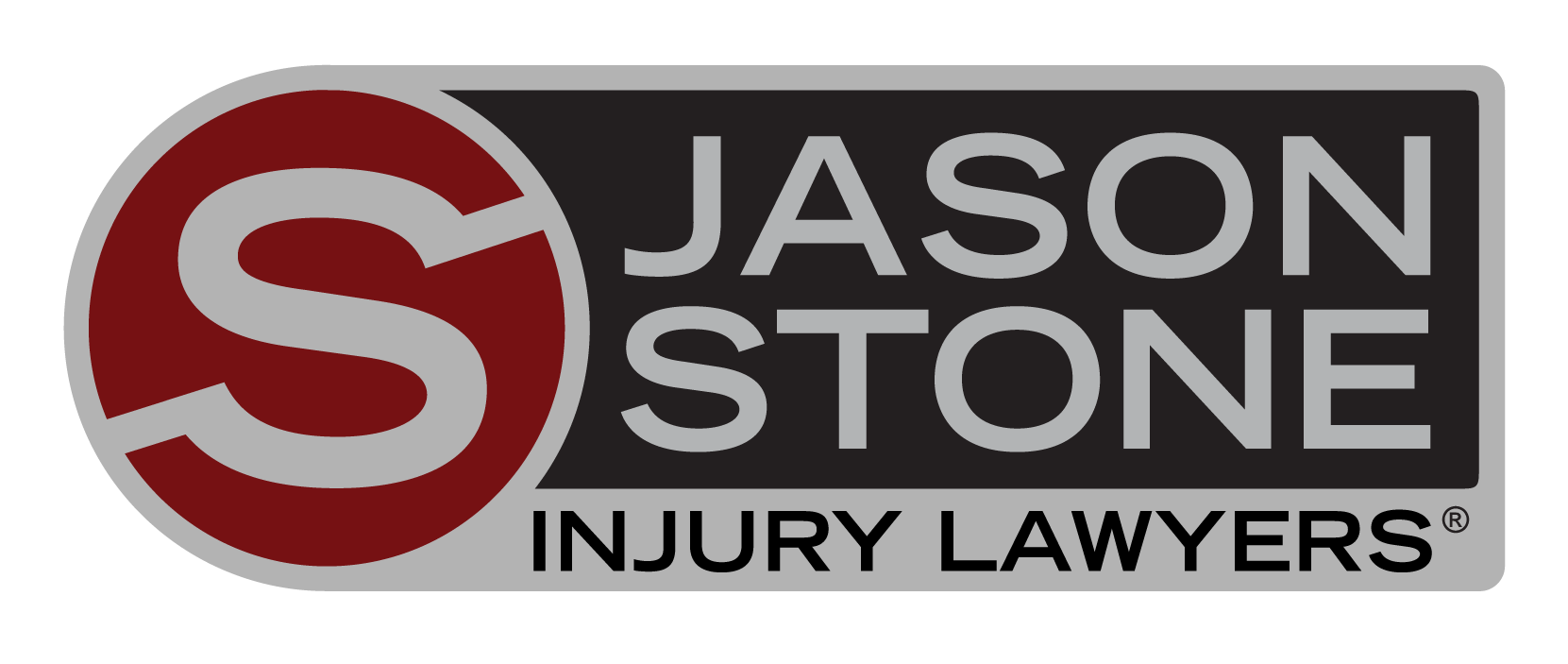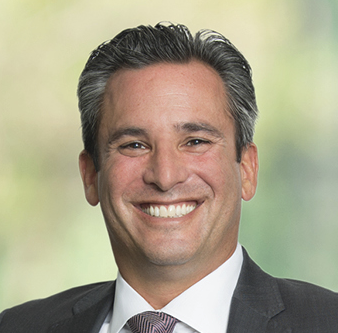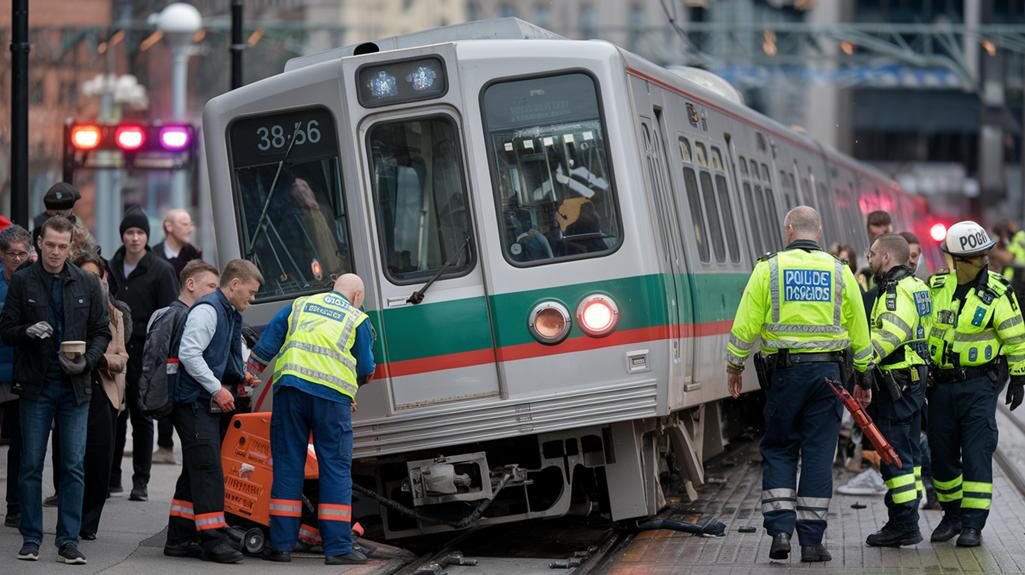 Driving through intersections is a normal part of most people’s daily commute. However, accidents happen when drivers fail to adhere to safe driving practices in intersections. Annually, about half of all traffic injuries and a quarter of all traffic deaths occur in intersection accidents. Sometimes accidents happen because drivers do not observe the rules of the road for the type of intersection they are passing through. This can affect who is at fault when an accident happens at a four-way stop.
Driving through intersections is a normal part of most people’s daily commute. However, accidents happen when drivers fail to adhere to safe driving practices in intersections. Annually, about half of all traffic injuries and a quarter of all traffic deaths occur in intersection accidents. Sometimes accidents happen because drivers do not observe the rules of the road for the type of intersection they are passing through. This can affect who is at fault when an accident happens at a four-way stop.
Who Is at Fault in a Four-Way Stop Accident?
Several factors impact who is at fault in a four-way stop accident.
Traffic Signals
Everyone has a stop sign at a four-way stop intersection. This means that every driver who approaches the intersection must come to a complete stop and yield to any vehicles or pedestrians in the intersection. Drivers must stop even if there are no other vehicles or pedestrians present. Drivers who fail to make a complete stop may be at fault in an accident.
Right of Way
Right of way refers to which driver has the right to enter the intersection first when multiple vehicles are approaching a four-way stop. The vehicle that arrives at the intersection first has the right-of-way.
If multiple vehicles arrive at the intersection simultaneously, the vehicle on the right has the right of way when vehicles are perpendicular to each other. If two drivers on opposite sides of the intersection arrive at the same time and one driver is going straight, while the other is turning, the driver who is going straight has the right of way.
If one driver is turning right and the other is turning left, then the driver who is turning right has the right of way. Drivers who fail to appropriately yield the right of way may be at fault for an accident.
Turn Signals
When two drivers reach a four-way intersection at the same time, whether a driver intends to drive straight or turn impacts who has the right of way. A driver who intends to turn but does not activate their turn signal may be at fault in a four-way stop accident.
Distractions
Distracted driving causes over 3,000 traffic deaths every year. Drivers who are talking on the phone, texting, eating, talking to passengers, looking at something in the back seat, adjusting the radio or otherwise distracted may be at fault for accidents.
Drug and Alcohol Use
Drivers with a blood alcohol content above 0.08% are legally too drunk to drive in Massachusetts. The limit for commercial vehicle drivers is 0.04% and for drivers under the age of 21, it is 0.02%. Driving while intoxicated impairs judgment, slows reaction time and can affect vision and coordination. Intoxicated drivers may be at fault when accidents happen.
Fatigue
Fatigue can also impair judgment and slow reaction time. Fatigued drivers cause an estimated 50,000 injuries and 800 deaths in automobile accidents every year. Drivers suffering from fatigue may be at fault in an intersection accident.
Who Determines Fault in a Four-Way Stop Accident?
The insurance company will investigate the accident and decide who it thinks is at fault based on the evidence. If you disagree with the insurance company’s assessment, you can file a lawsuit and the court will decide based on the case that each side presents. A car accident attorney can help you build a strong case to present to the court.
What Should You Do If You Think You Are at Fault?
Do not tell the police, the other driver or the insurance company that you think you are at fault. Talk to a Norwood car accident lawyer. Most intersection accidents happen because of negligence on the part of both drivers. Even if you are partially to blame, the other driver may be responsible for part of your damages.
Comparative Negligence
Massachusetts has a modified comparative negligence law that determines who is responsible for paying damages when someone’s negligence causes injury to another party. A party who is 50% or less at fault in an accident can recover damages from the other party. However, those damages can be reduced by the amount of contribution that party had to the accident.
For example, if you and the other driver are both 50% at fault for the accident, you can each collect 50% of your damages from the other party. However, if you are 51% at fault and the other driver is 49% at fault, the other driver can collect 51% of that driver’s damages from you and you can not collect anything from the other driver.
A car accident attorney can help you determine what your share of the fault is so that even if you believe you are the majority at fault, you are not overpaying your share of the damages.
What Should You Do When You Are in an Accident at a Four-Way Stop?
Proving fault can be difficult in four-way stop crashes. The steps you take after your accident can impact your ability to recover your damages.
Attend to Injuries
If you or anyone else is hurt, call 911. Seek medical treatment even if you do not think you are hurt. Some injuries, such as whiplash, sprains, strains and concussions do not present immediately after an accident.
Take Safety Precautions
If you can safely move your vehicle to the side of the road, do so. Turn on your hazard lights and set out flares to ensure your vehicle is visible to other cars coming through the intersection.
Gather Evidence
If there are any witnesses, try to get their names and contact information. You can use eyewitness testimony to prove your case in court or to the other party’s insurance company. Take photos of the scene, your injuries, weather conditions and the damage to both vehicles.
Collect Contact Information
Get the other driver’s name, address, phone number, email address, insurance information and license plate and driver’s license number. If the police come to the scene, get the officer’s full name and identification number and ask for the police report number.
Contact a Car Accident Attorney
It is very common for the people involved in an intersection accident to disagree about who is at fault. An experienced car accident attorney can help you build a case and negotiate with the other party’s insurance. If you can’t reach a settlement with the insurance company, an attorney can help you present your case in court.
Consider talking to an attorney before you talk to the insurance company. The insurance company can use anything you say about the accident to try to deny your claim or reduce your settlement. A car accident attorney can provide you with advice about what you should and should not say or deal with the insurance company on your behalf.
How Can You Get Help With Your Four-Way Stop Accident?
Jason Stone Injury Lawyers provides a Stone Cold Guarantee to all car accident clients. We guarantee that we only get paid when you get paid. We offer our clients a free consultation and promise to respond to calls within 24 hours. We will guide you through the recovery process and you will have the option to either settle your case or proceed with litigation within six months. Contact us at 800-577-5188. There is no obligation, just information.
Not Trusting What You’re Being Told?
Better Phone Stone
800-577-5188
 START MY NO OBLIGATION CONSULTATION
START MY NO OBLIGATION CONSULTATION










